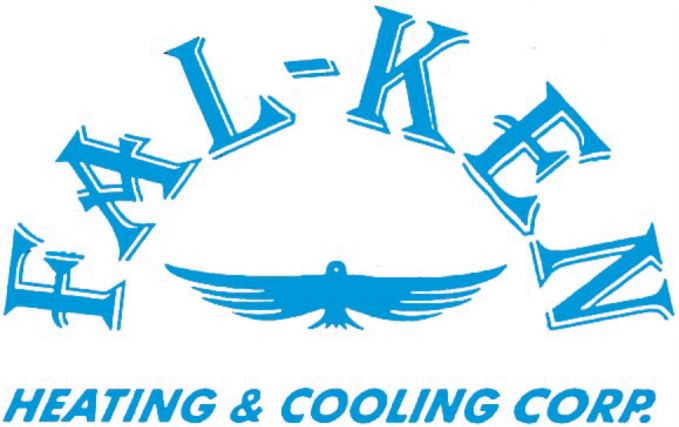
You shouldn’t need to compromise on comfort or empty your wallet to keep your house at a refreshing temperature during warm days.
But what is the ideal temp, exactly? We review suggestions from energy professionals so you can choose the best temp for your home.
Here’s what we recommend for the most energy-efficient setting for air conditioning in Holbrook.
Recommended Thermostat Settings for Summer
Most families find using the thermostat at 72-73 degrees is ideal. However, if there’s a sizeable difference between your interior and outdoor temperatures, your utility costs will be greater.
This is our advice based on the U.S. Department of Energy (DOE) and ENERGY STAR®.
While at home: 78 degrees. While that seems hot, there are ways you can keep your house cool without having the air conditioner on constantly.
Keeping windows and blinds shut during the day keeps cold air where it belongs—within your home. Some window treatments, like honeycomb shades or plantation shutters, are made to give extra insulation and enhanced energy conservation.
If you have ceiling fans in your home, the DOE says you can increase thermostat settings about 4 degrees warmer without giving up comfort. That’s since they refresh by a windchill effect. As they cool people, not rooms, switch them off when you leave a room.
If 78 degrees still appears too hot initially, try running a trial for a week or so. Get started by upping your setting to 78 degrees while you’re at your residence. Then, progressively lower it while adhering to the ideas above. You could be amazed at how cool you feel at a hotter temperature setting.
While away: 88 degrees. There’s no need to keep the air conditioner going all day while your house is empty. Moving the temp 7–10 degrees warmer can save you an estimated 5–15% on your air conditioning expenses, according to the DOE.
When you come home, don’t be tempted to switch your thermostat below 78 to cool your house faster. This isn’t useful and usually results in a more expensive AC bill.
A programmable thermostat is a good way to keep your settings under control, but you have to set programs. If you don’t set programs, you run the risk of forgetting to change the set temperature when you go.
If you’re looking for a hassle-free resolution, think over getting a smart thermostat. This thermostat connects with your phone, so it knows when you’re at your residence and when you’re gone. Then it automatically modifies temperature settings for the best savings. How much exactly? An estimated $180 yearly on heating and cooling, according to ENERGY STAR.
Another plus of having a smart thermostat? You can use your phone to watch and regulate temperature settings from just about anywhere.
While sleeping: Around 70 degrees. While ENERGY STAR recommends 82 degrees, that might be unpleasant for many families. Many people sleep better when their sleeping space is chilled, so that’s why the National Sleep Foundation suggests 60–67 degrees. But that might be too chilly, depending on your clothing and blanket preference.
We recommend following a similar test over a week, putting your temp higher and progressively decreasing it to locate the best temp for your house. On pleasant nights, you could learn keeping windows open at night and relying on a ceiling fan is a preferable idea than running the air conditioner.
More Methods to Use Less Energy This Summer
There are extra approaches you can conserve money on air conditioning bills throughout warm weather.
- Buy an energy-efficient cooling system. Central air conditioners only last about 12–15 years and get less efficient as they get older. An updated air conditioner can keep your residence comfier while keeping electricity costs low.
- Book annual air conditioner tune-ups. Regular air conditioner maintenance keeps your equipment operating like it should and might help it work at greater efficiency. It could also help extend its life cycle, since it enables professionals to discover seemingly insignificant issues before they cause a major meltdown.
- Put in new air filters regularly. Use manufacturer instructions for replacing your air filter. A dusty filter can cause your system to short cycle, or turn on and off too frequently, and drive up your utility.
- Inspect attic insulation levels. Nearly 90% of houses in the U.S. don’t have proper insulation, according to the Insulation Institute. Most southern climates should have 13–14” of attic insulation, while northern climates need 16–18”.
- Have your ductwork checked. Ductwork that has come apart over time can seep cool air into your attic, walls or crawl space. This can create big comfort issues in your house, such as hot and cold spots.
- Seal cracks, doors and windows. Keep muggy air where it belongs by plugging holes. You can also caulk or weather strip doors to seal more cool air indoors.
Use Less Energy During Warm Weather with Fal-Ken Heating & Cooling Corporation
If you need to use less energy this summer, our Fal-Ken Heating & Cooling Corporation professionals can help. Give us a call at 631-460-5159 or contact us online for additional info about our energy-saving cooling options.
